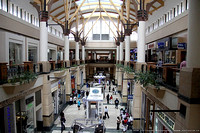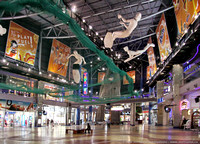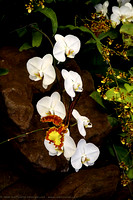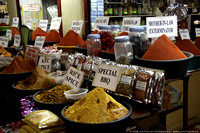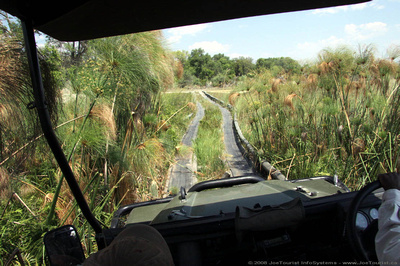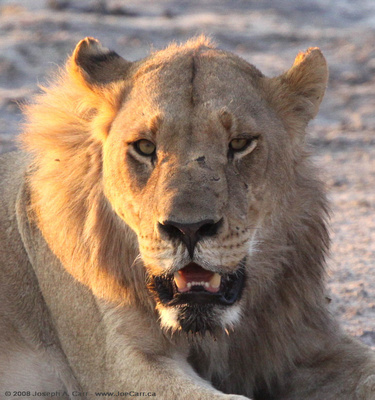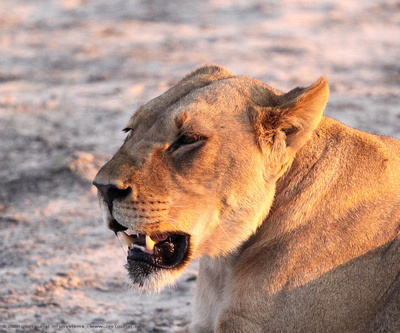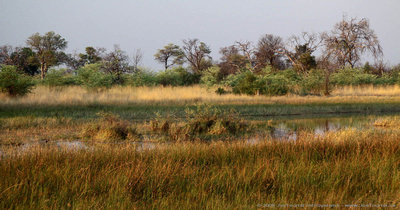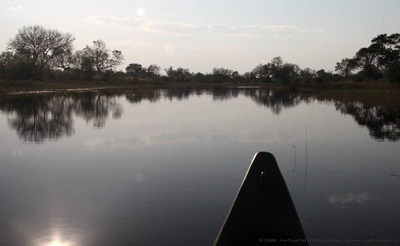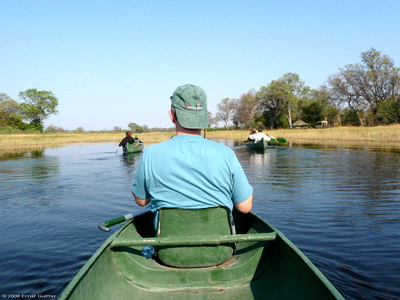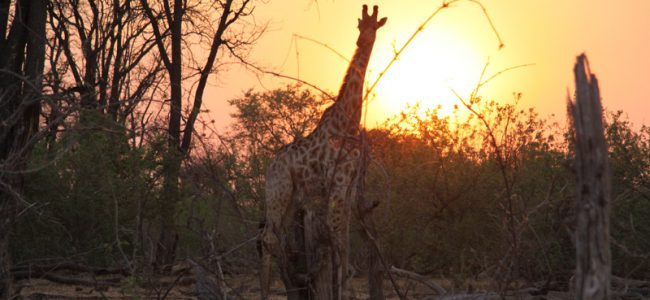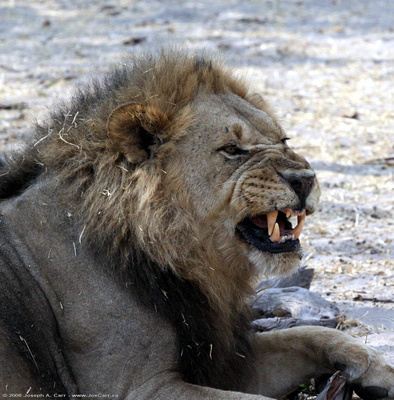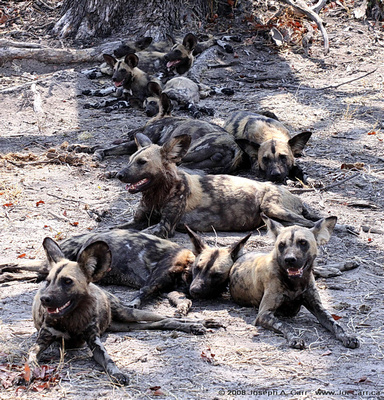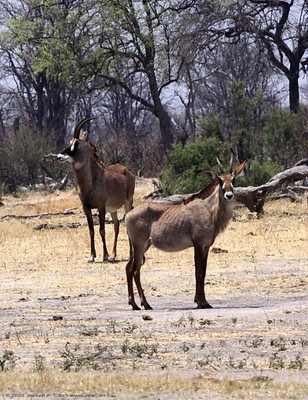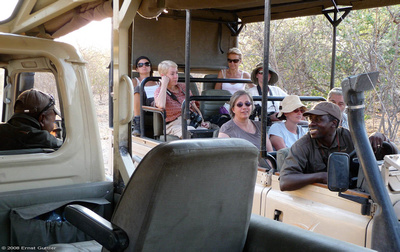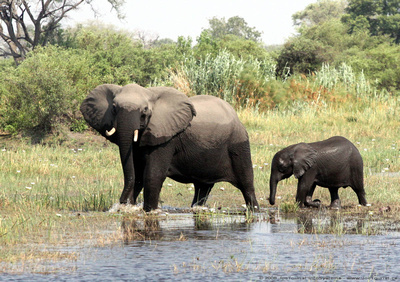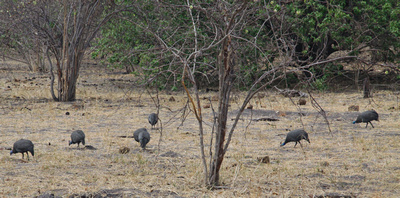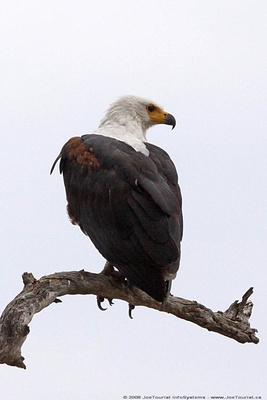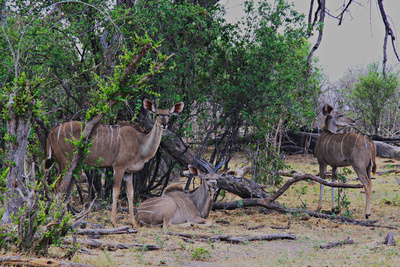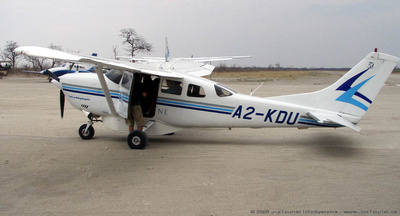October 31, 2008 – Friday – Hluhluwe-Umfolozi Game Reserve safari, then St. Lucia to Durban
Southern Africa 2008
Our wakeup call is at 4:45am this morning, and we depart the Protea Hotel in St. Lucia by 5:15am for our safari to Hluhluwe-Umfolozi Game Reserve. The box breakfast the hotel prepares for us is nothing short of dreadful. While on this morning’s safari I drink the juice and eat the fruit, but throw the rest of the box breakfast away in favour of granola bars I always bring with me when travelling.
This game reserve is the oldest proclaimed park in South Africa (1895), and is known for its rich wildlife. It is the only park in KwaZulu-Natal where all of the big five occur. This is the only time I see Black Rhinoceros (leaf browsers, pointed mouths, much smaller that the White). I manage to shoot some video of the Black Rhino despite them being so far away. We also see some White Rhinoceros (grass feeders, square mouth, twice as big as the Black), as well as Elephant, Lions, Zebras, Kudu and Giraffes. The safari ends around 9am – my last safari on this trip.
St. Lucia to Durban
We board our bus, and many of us sleep as we drive to Durban. Not long after we leave Hluhluwe-Umfolozi Game Reserve, we start seeing the Indian Ocean coastline. The communities north of Durban appear to be quite affluent, with lots of big houses situated either right on the coast, or having a water view. The bus pulls into Gateway Shopping Mall – a super-sized destination mall with four levels, a wave machine, skating, IMAX theatre, and a huge number of shops and restaurants. This mall caters to a very affluent clientele – including us of course!
After looking around for awhile, I end up at Sam Brown’s for lunch. I have a good cappuccino, however the roast chicken sandwich is only mediocre. After an hour or so, we re-board the bus and carry on to Durban. Before we check into our hotel, the bus drops us off at the Botanical Garden. There are some spectacular orchids in the Orchid House, and I have some very nice tea and a scone at the tea house. We also stop at the Indian Market, which is a fun place to waste some time.
Downtown Durban is a chaotic mess. There are taxi vans picking up people everywhere, the traffic seems to go in six directions at once, and just to add insult to injury, the street names are all being changed so there are two different signs for most streets!
We are staying at the Tropicana Hotel, which is located right on the beach downtown. The room is nothing special but it’s clean. Craig tells us we shouldn’t walk the beach area due to a “bad element”. He certainly is correct about that – I see lots of action going on across the street which I would rather not be part of! This evening we have a group dinner at RJ’s restaurant – which is about a 20 minute drive across the city. The restaurant isn’t prepared to serve 40 people at once, but the staff do their best. The food is mediocre, but everyone in our group stays good humoured about it.
After returning to our hotel, I’m kept up most of the night from noisy street parties happening all around us. I work on my computer sorting photos and video until the parties stop a few hours before dawn, so I only get a couple of hour’s sleep before our early wake up call. From my somewhat limited exposure to Durban, I am not impressed!





